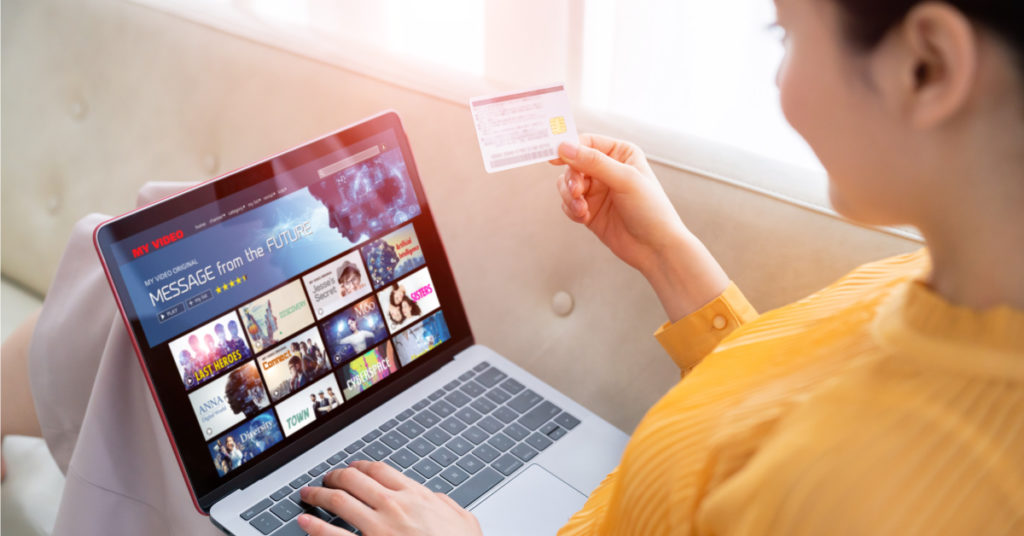Considered a subset of subscription-based billing, software-as-a-service (SaaS) billing refers to the process of generating invoices and collecting payments. At its highest level, the billing process consists of three steps. Those 1) creating the invoice, 2) sending the invoice, and 3) collecting payment from the customer. However, getting to this point requires other activities to take place including pricing and rating, taxation, credits and refunds, dunning, collections, and revenue recognition. This is where the process becomes complicated and error-prone, especially if handled manually. What’s the most straightforward way to lessen manual tasks and reduce billing errors? In a single word – automation. By automating the entire process with SaaS invoicing software, you’ll streamline all aspects of billing and payments.
Why Should You Automate Billing Processes?
Designed to streamline the billing and payment processes, the right SaaS invoicing software provides the tools needed to automate the entire quote-to-cash (Q2C) process. Let’s look at each of the key payment activities in more detail.
Pricing and Rating
With the right tools, you can automate even the most complex billing and rating scenarios. Multiple out-of-the-box rating methods provide the flexibility to quickly create pricing models that reflect the value of your products and services. When you want to charge based on a combination of factors, SaaS invoicing software provides the ability to execute Excel-like formula-based calculations.
Taxation
The agility of billing automation software allows you to use internal taxation capabilities or integrate with external tax engines to ensure efficient assessment of sales tax/VAT/GST, or any other tax type for compliance with global, regional, and local tax regulations.
Invoicing
Depending on your needs, SaaS invoicing software allows you to view invoices by geography, subsidiary, customer, or industry – without custom coding or IT assistance. Support for complex account hierarchies provides the ability for invoices to be dynamically consolidated or separated. Finally, configurable invoice templates enable you to design customized invoices by business unit, reseller/distributor, or geography.
Payments
SaaS invoicing software gives you the ability to collect and monetize payments in a single automated platform, ensuring payments received are properly allocated. Typically, the system provides a variety of electronic and manual payment methods such as debit/credit cards, checks, PayPal, direct debit, and lockboxes. Plus hosted payment pages to support any payment method needed, a customer payment portal, and the ability to handle agent-assisted transactions.
Payment automation should also deliver the flexibility to handle international payments by providing multi-currency capabilities and region-specific authentication protocols. Also, the ability to accommodate complex business requirements like multi-legal entities and cash separation. Additionally, the software should provide SOC and PCI-compliant payment gateway partners so you can be sure that your customers receive a fast and secure checkout experience.
Credits and Refunds
By automating the payment processes you’re able to fix one of the most labor-intensive activities of the billing cycle. With business rules and workflows that coincide with your SaaS company’s accounting processes, you can quickly and accurately credit invoices and refund payments. Robust SaaS invoicing software provides the additional functionality to handle advanced credit and refund capabilities. This enables you to combine multiple line-item credits onto a single credit memo or issue prior billing adjustments as negative charges on the invoice. Transactions then automatically route to customer balances and GL accounts. This preserves accurate reporting so that your company and your customers always have an accurate status on the dashboard.
Dunning
With the right SaaS invoicing software you can create one or multiple dunning actions that trigger at different times based on reaching predefined thresholds. With built-in workflow you can automate late fee management, account suspensions, and customer notifications, as well as easily schedule and tailor messages to keep customers informed of past due balances.
Collections
When billing, dunning, collections, and payment processing are combined on a single platform, you proactively reduce days sales outstanding (DSO) and improve cash flow. All while building positive customer relationships throughout the collections process. The system should consist of:
- A configurable collector dashboard for a real-time status of all activities and a prioritized list of accounts that require action, as well as the ability to track, review, and action collection strategies.
- Automated notifications and alerts keep customers informed of outstanding balances. They also track payment commitments and provide configurable strategies that automatically activate when pre-defined thresholds are met.
- Flexible dunning strategies to tailor actions with the right mix of automated and manual dunning processes.
- Analytics to gain visibility into the performance of collection strategies, plus the ability to dynamically make changes.
- Collection agency data exchange to easily share data with the collection agency of choice.
Revenue Recognition
Intelligent and automated revenue recognition software enables you to streamline revenue management to allocate, reconcile, monitor, and recognize revenue for any pricing model, billing approach, or promotional offer. All while staying compliant with ASC 606 and IFRS 15.
This describes how automation streamlines and reduces billing errors, but there’s another important element that shouldn’t be overlooked – integration. Get the most from your SaaS invoicing software by integrating it with your upstream and downstream systems. This not only provides a fully integrated financial ecosystem that synchronizes data between systems, but enables you to extend the platform to accommodate any business process you implement.
Realize Your Full Revenue Potential with the Best SaaS Invoicing Software
Manually managing recurring billing, revenue recognition, plan renewals, etc., can be a source of frustration. It can even lead to revenue leakage for SaaS businesses. To achieve full revenue potential, SaaS organizations are onboarding invoicing software to overcome the inherent challenges of this business model.
With so many SaaS invoicing software options to choose from, how can you be sure that you’re selecting the one that will meet your needs not only today but into the future? First, be sure that the software provides three components – automation, flexibility, and scalability. Next, from a functionality perspective, there are seven features that the software needs to include. Curious what those are? Dig a bit deeper into the functionality that industry-leading SaaS invoicing software provides.
BillingPlatform is built to handle today’s SaaS complexities, as well as the challenges tomorrow may bring. Our cloud-based SaaS invoicing software delivers the core capabilities that support SaaS businesses across all Q2C processes – in every pricing tactic. With us as your SaaS invoicing software partner, you get the automation and agility needed to quickly develop and launch innovative billing models. All while supporting even the most complex recurring revenue relationships. Get a guided tour of our solution or contact or team to learn more today.



